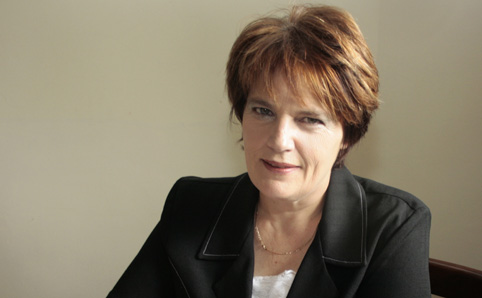 |
|
Magteld Smith
Photo: Provided
25 April 2012
|
For a Deaf person to achieve academic excellence in a sound-dominated world is extremely challenging, but Ms Magteld Smith sees each challenge as another opportunity.
Ms Smith, a Medical Social Researcher at the University of the Free State (UFS), recently received the Herbert H Humphrey fellowship. She is one of only two South Africans to receive this fellowship.
The Humphrey Fellowship Program provides mid-career professionals from designated countries around the world with an opportunity to enhance their professional capabilities through participation and is developed specifically for small clusters of Humphrey Fellows at 18 selected US universities.
It was initiated in 1978 to honour the memory and accomplishments of the former Senator and Vice-President, Humbert H. Humphrey. Fellows are selected based on their potential for national leadership and commitment to public service, in either the public or private sector. The programme provides a basis for establishing long-lasting productive partnerships and relationships between citizens of the United States and their professional counterparts in other countries, fostering an exchange of knowledge and mutual understanding throughout the world.
Ms Smith applied for this fellowship, but was still very surprised when she heard her application was successful.
“Upon receiving the news, in my mind I saw an enormous rotating world globe and I asked my Heavenly Father, "What is happening now?" I saw big libraries with books, laboratories, state of the art technology for people with hearing impairments, big cars, big houses, big trucks, big farmers, big women and the White House with big trouble. Furthermore, I saw how the UFS became the world leader of academic excellence and change for people with disabilities with high technology manufacturing and rehabilitation programmes.”
Ms Smith says Prof. Jonathan Jansen, UFS Vice-Chancellor and Rector, is a great asset, because for the first time people with disabilities are high on the priority list.